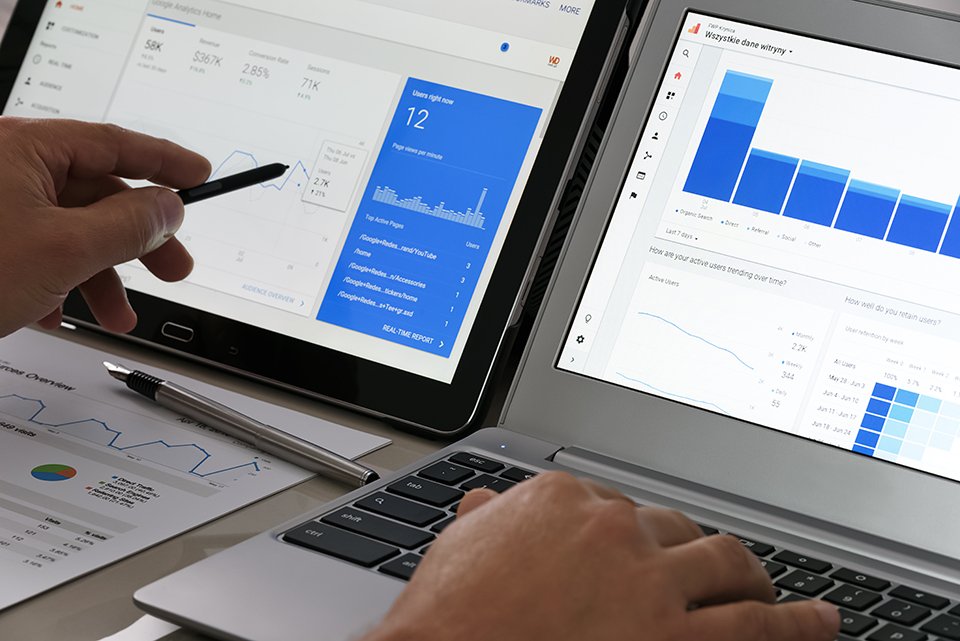Measuring the results
To track the success of a campaign, Google Analytics is one of the best, free tools to use. With Analytics, it’s possible to set up events and goals to help you measure success.

The most important part of any marketing campaign is success. Before budget, audience or message, a campaign must have a clear goal and a means to achieve and measure that goal.
How you define success depends on your customers’ buying journey stage. A phone call or contact form are the most common forms of campaign goals, but you’re not limited to just those two. A goal can represent any metric that is relevant to the stage of the buyer’s journey.
The goal of awareness is to get as many relevant users to see your campaign message as possible. This is great for branding or cultivating the early stages of the buying cycle when people are researching answers to their questions. Metrics to consider are:
With consideration, campaign interactions are a focus on quality over quantity. The target user is further along in the buying process to the point where they have defined the answer to their question and are now pursuing a possible solution. In order to ensure quality traffic, your campaign message must present viable answers. Metrics to consider are:
Conversions are the transactional part of the campaign. The goals are now to get the user to pick up the phone for fill out a contact form to enter your sales process. Metrics to consider are:

To track the success of a campaign, Google Analytics is one of the best, free tools to use. With Analytics, it’s possible to set up events and goals to help you measure success.
There are two ways to define website interactions in Google Analytics: events and goals. Both have their advantages and disadvantages, so it’s important to choose the right method for the job.
Events are scalable and great for actions that cover a wide range of possibilities or are short-term pieces to the campaign. Some examples are: downloading a PDF, watching a video, or clicking on a button. While you can create an unlimited amount of events, it’s difficult to associate events and campaigns within Google Analytics. A lot of the reporting for events has to be done manually or set up as a custom report.
If there are certain events that aren’t short-term additions to the campaign or if the events are few, then those events can be also defined as a goal for the website. Goals are much easier to associate with a campaign and are easier to create reports around.
Goals are set up in the admin portion of Google Analytics and can represent when the user visits a certain page or series of pages, stayed on the website for a certain duration, visits a certain number of pages per session or triggered an event. Keep in mind that Google Analytics limits you to 20 goals per analytics view, so it’s good practice to only create goals for long-term additions.
To make sure your budget is being spent wisely, it’s important to track multiple campaigns individually. Segmenting campaigns to specific landing pages is the easiest way. If that’s not an option, customized URLs tag users with campaign-specific information when they visit your website, which is passed to Google Analytics. Google offers a tool to help you set those up to include with your ads.
It’s great to just say a campaign is successful, but it’s always best to be able to prove it to yourself and anyone else you’ll be reporting to. Defining and reporting on the campaign goals puts you in a position where you can make better decisions on how to run that campaign, and thus, work to make your marketing efforts as successful as possible.
Published on: June 20, 2018 by Ryan Brooks